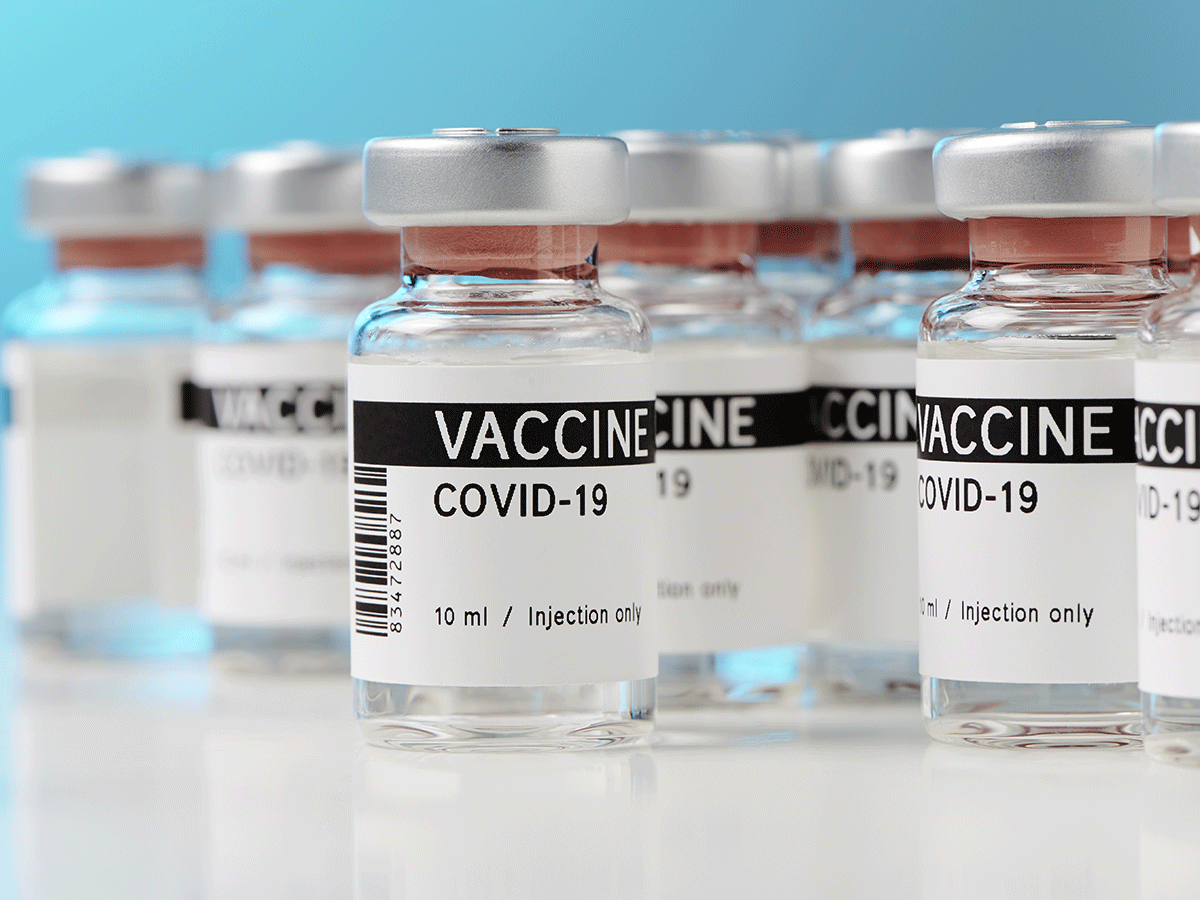
A new study revealed that 93% of the bottled water contains plastic materials. The study was carried out by orb media, a non-profit journalistic organization in collaboration with the scientists of the state university of Newyork in Fredonia. Immediately WHO has announced a health review to know the potential risk of plastic particles in water. This study occupies prime significance as the majority of us depend on bottled water during travel. However, the shocking fact is that the bottled water understudy was sourced from 11 brands that include some of the big names in the industry.
Research study:
The team analyzed 259 water bottles they purchased from 19 different locations in 9 different countries. The study included 11 different brands that include some of the well-established names like Aquafina, Evian and Dasani, San Pelligrino, and Nestle pure life. The 9 different countries include US, China, Brazil, India, Kenya, Thailand, Mexico, Lebanon and Indonesia. The most common plastic material found was polypropylene which was used to make capped bottles. Researchers
What is Nile dye method?
In this method, a fluorescent dye is added, and then it binds to the plastic materials present in water. If you place these water samples under the fluorescent microscope, they will be illuminated. This helps the researchers tally the contamination levels. Andrew Mayes, senior lecturer in chemistry at the University of East Anglia said that he was satisfied with the way the study was carried out carefully and in an appropriate manner.
Also Read: Game-changer: This smartphone case checks blood pressure via fingertip and rivals arm-cuffs accuracy
Observations of the study:
The study found that the water samples contained 10.4 particles per litre which are larger than 100 microns in size. But when it comes to small particles, researchers found an average of 325 particles per litre. The micron size of the small particles varied between 6.5 to 100 microns. A single bottle of water was found to contain more than 10,000 microplastic particles.
However, on the other side, this study has not been peer-reviewed and has not been published in any journal. Also, the Nile method employed here only allows the detection of larger particles. Whatever the case may be, WHO has considered it a serious issue and announced to undertake a study of the potential risks of plastic in drinking water. The current understanding of the interaction of plastic materials with gastrointestinal tract is very limited. This study warrants a broad research that needs to be carried out to have a fair understanding of the consumption of plastic materials on our body.








I went over this particular site and I think you’ve a great deal of information which is great, saved to fav (:.